Blumira Blog
Now Available: Microsoft 365 Threat Response From Blumira
Microsoft 365 is the backbone of business operations for over 2 million companies worldwide (Statista), making it a prime target for cyberattacks. Threat actors frequently...
Read More
March 2025 Product Releases
Read More
Blumira's Commitment to MSPs: Q&A with Chris Furner, New Head of Partner Enablement
Read More
Blumira Deepens Commitment to MSP Channel with Comprehensive Program Enhancements
Read More
Customer Story: National Conference of Insurance Guaranty Funds
Read More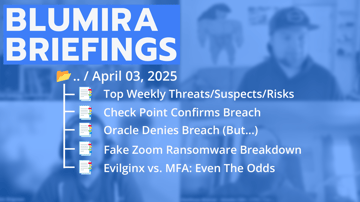
Blumira Briefings: Disclosure Drama, Ransomware Breakdown, and MFA Bypass Techniques
Read More
SIEM Starter: A Budget-Friendly SIEM That Meets Compliance & Keeps You Secure
Read More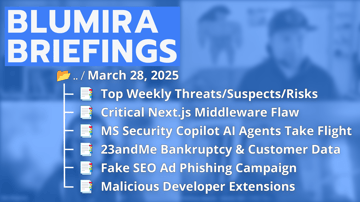
Introducing Blumira Briefings: Your Weekly Security News Download! 🔔
Read More
Blumira’s MSP Program Earns 5-Star Rating in 2025 CRN Partner Program Guide
Read More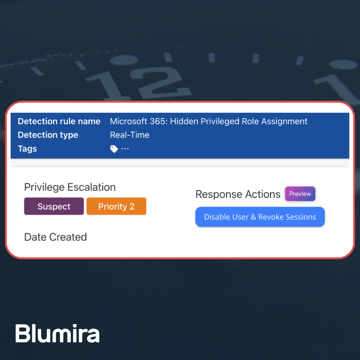
Blumira Launches New Microsoft 365 Threat Response Feature for Faster and More Efficient Security Operations
Read More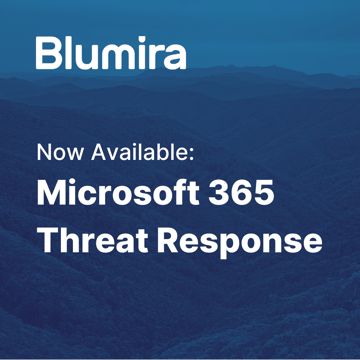
Now Available: Microsoft 365 Threat Response From Blumira
Read More
XSS: What It Means, How It Works, and How to Prevent It
Read More
February 2025 Product Releases
Read More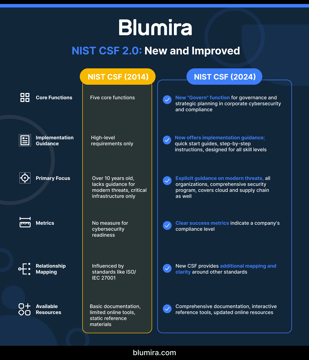
NIST Cybersecurity Framework Implementation for Mid-Market Companies: 2025 Update
Read More
Webinar Recording: Product Update: Enhanced Microsoft 365 Protection and 2025 Plans
Read More
Security Detection Update - 2025-02-20
Read MoreSubscribe to email updates
Stay up-to-date on what's happening at this blog and get additional content about the benefits of subscribing.
